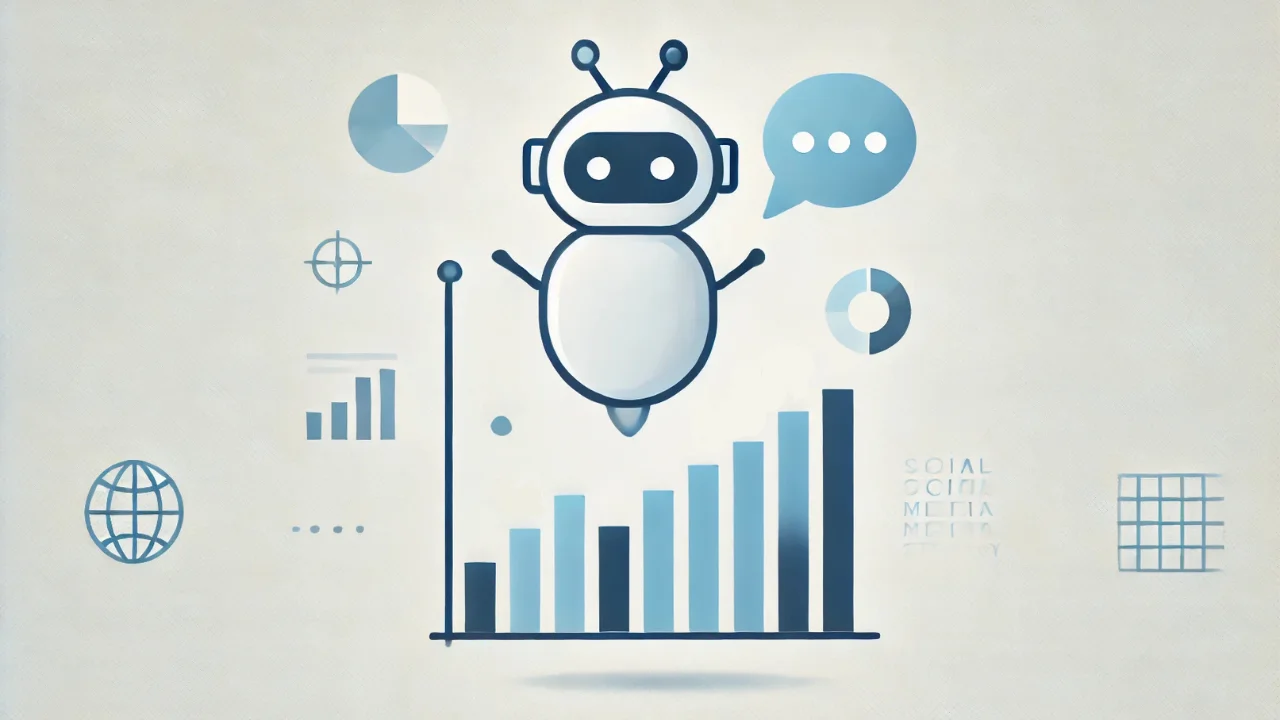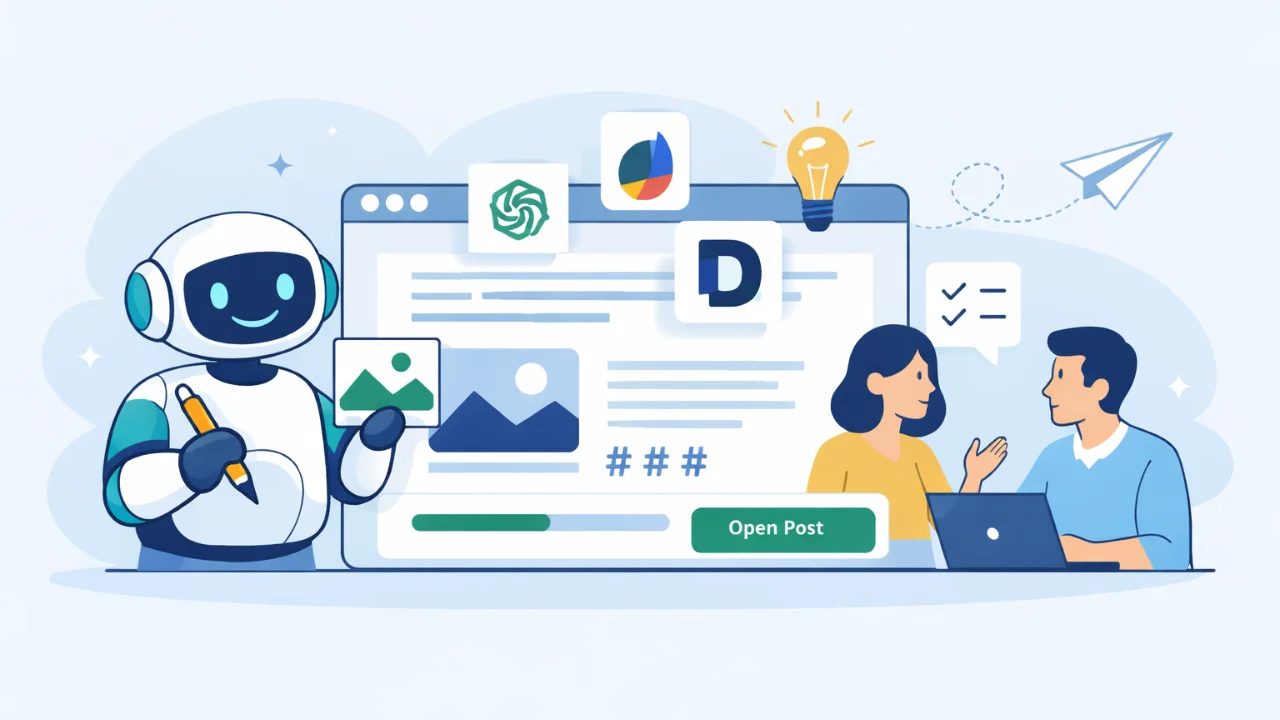Although there’s some ongoing controversy about their use, AI chatbots have been a boon to businesses large and small. They have a multitude of benefits: they can take pressure off human service agents when it comes to simple or repetitive requests; they’re available 24/7, and they give customers a chance to serve themselves instead of spending time in a phone queue or waiting for a text.
But online chatbots do more than just provide automated responses to customer queries. They can also collect vast amounts of valuable data about your customers — data you can use to your own advantage in your social media marketing efforts and make them better than ever.
So what does a chatbot platform collect exactly, how valuable is it, and how can you put it to good use in your business? Read on for answers.
What Kinds of Data do Chatbots Capture?
First, let’s talk about the kinds of data your typical chatbot will capture – it’s more than you might think!
Obviously, there’s the user input – the text, including any questions, commands, or other messages. If the chatbot can process images or documents (uncommon with business related chatbot software, but not unheard of) there’s also that. There’s also any sort of direct user feedback, such as surveys, star ratings, and so on.
But there’s also a great deal of unseen user behavior and input that’s collected by chatbots. For example:
- Interaction patterns, such as what flows users initiated, the average duration of a chat, the “drop-off” point, and message volume.
- If the chatbots collect any kind of personal information, this is stored for personalization purposes.
- Chatbots also track and record their own responses, in order to assess their effectiveness and relevance. In addition, they track how often users complete specific flows, and note when and where users most often ask to be escalated to human support agents.
- Analytics: chatbots also track minor things such as how long a user takes to respond, where they might hesitate, when they change the subject or rephrase themselves, as well as things like customer sentiment and tone.
Turning Data into Useful Insights
All in all, chatbots process and collect a lot of data — so how can you turn that into something actionable? Here are a few common strategies:
- Use the data to uncover the top customer pain points, and mine that for content ideas to help your bots better address them in the future.
- Analyze the data to find peak engagement times, for better scheduling of content.
- Examine and understand the most common user sentiment in order to adjust your brand voice. Are your users pleased? Amused? Annoyed? Frustrated? Use the data to your advantage.
- Spot gaps in content or issues / problems you haven’t adequately addressed in your content.
- Take a look at usage data to learn which messaging chatbots (Facebook Messenger, WhatsApp, LinkedIn, etc.) are the most popular with your audience.
Integrating Data Into Your Social Media Strategy
Once you’ve taken a good look at the data, you can start integrating your findings into your social media strategy to start getting some real utility out of that data.
First, you can create social media marketing campaigns that address your customers’ top pain points. Customers love to know that not only are you listening to their frustration, but you’re also doing something about it!
You can also use that chatbot interaction data, as well as demographic data, to create customer personas for more accurate targeting of your messaging.
You can also meet customers where they are by focusing on the social media platforms where they already interact most.
Scheduling can also be a powerful tool in your social media arsenal, so you can publish your content at times when your customer engagement is at its highest. To make the most of peak engagement times, make use of AI chatbot software with social media scheduling tools.
Also, it goes without saying that you have a powerful weapon in data analytics. Learning your customers’ behavior patterns, interests, preferences, common frustrations, and similar data lets you make informed choices about how to best tweak your social media marketing.
Finally, don’t forget to make use of some of the most valuable customer data there is — the feedback that comes directly from them! Chatbot insights and analytics are terrific, but listening to your customers directly is a great way to not only better cater to their needs, but also detect potential crisis situations before they escalate out of control.
Social media marketing can be a tricky, ever-shifting landscape of expectations and strategies, and it pays to use every means at your disposal to keep your marketing fresh and sharp. Fortunately, with AI chatbot software and data analytics, you have more tools than ever to do just that.




